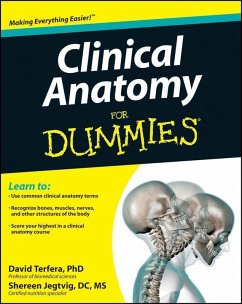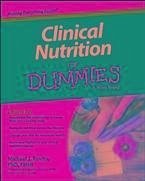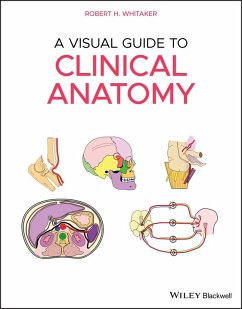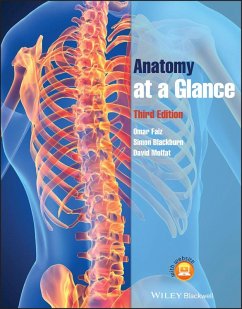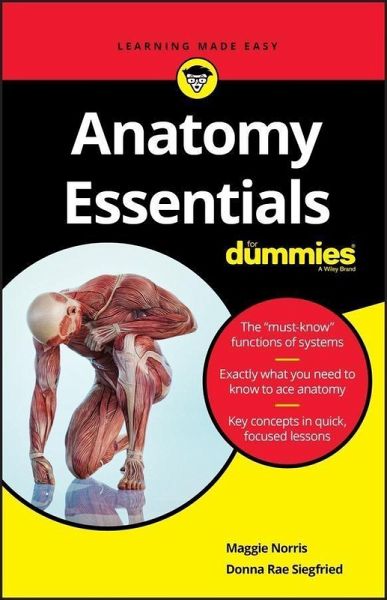
Anatomy Essentials For Dummies (eBook, PDF)
Versandkostenfrei!
Sofort per Download lieferbar
8,99 €
inkl. MwSt.
Weitere Ausgaben:

PAYBACK Punkte
0 °P sammeln!
Anatomy Essentials For Dummies (9781119590156) was previously published as Anatomy Essentials For Dummies (9781118184219). While this version features a new Dummies cover and design, the content is the same as the prior release and should not be considered a new or updated product. The core concepts you need to ace Anatomy Perfect for those just starting out or returning to Anatomy after some time away, Anatomy Essentials For Dummies focuses on core concepts taught (and tested on!) in a typical Anatomy course. From names and technical terms to how the body works, you'll skip the suffering and ...
Anatomy Essentials For Dummies (9781119590156) was previously published as Anatomy Essentials For Dummies (9781118184219). While this version features a new Dummies cover and design, the content is the same as the prior release and should not be considered a new or updated product. The core concepts you need to ace Anatomy Perfect for those just starting out or returning to Anatomy after some time away, Anatomy Essentials For Dummies focuses on core concepts taught (and tested on!) in a typical Anatomy course. From names and technical terms to how the body works, you'll skip the suffering and score high marks at exam time with the help of Anatomy Essentials For Dummies. Designed for students who want the key concepts and a few examples--without the review, ramp-up, and anecdotal content--Anatomy Essentials For Dummies is a perfect solution for exam-cramming, homework help, and reference. * A useful and handy reference to the anatomy of the human body * Perfect for a refresher or a quick reference * Serves as an excellent review to score higher at exam time If you have some knowledge of anatomy and want to polish your skills, Anatomy Essentials For Dummies focuses on just the core concepts you need to understand this fascinating topic.
Dieser Download kann aus rechtlichen Gründen nur mit Rechnungsadresse in A, B, BG, CY, CZ, D, DK, EW, E, FIN, F, GR, HR, H, IRL, I, LT, L, LR, M, NL, PL, P, R, S, SLO, SK ausgeliefert werden.




